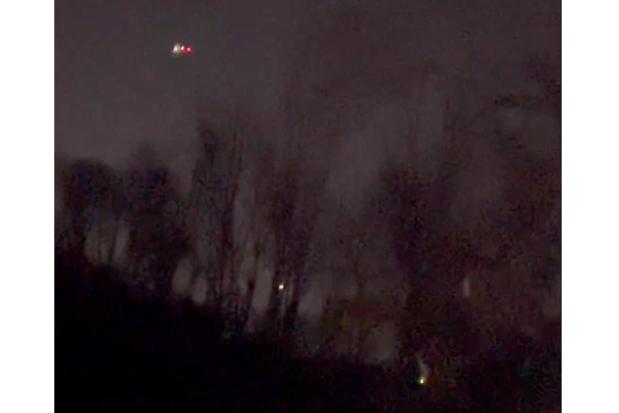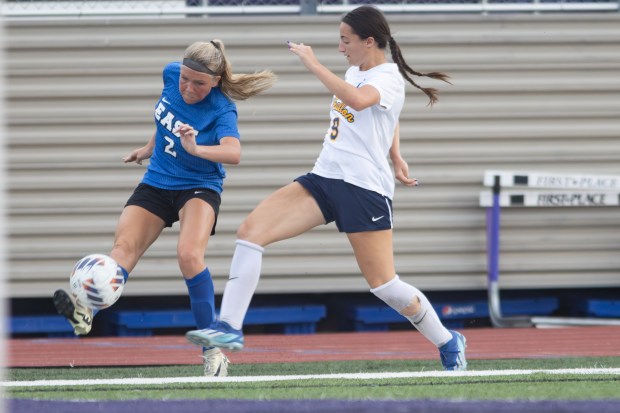During the construction of Hobart’s Veterans Elementary Hobart High teacher Greg Crouch stood outside piloting a drone as it hovered above the scene.
“I wanted to get a wide shot,” Crouch said as he directed his drone over residences to achieve his filmmaking goal of documenting the school’s construction.
A curious neighbor saw the drone and called the police.
Crouch showed police his commercial drone pilot’s license, explained his mission, and police departed.
Drone sightings are increasing across the country and stirring up mysteries and intrigue even as the alien-like devices are wending their way into our lives from filming NFL games to fertilizing farm fields.
In recent weeks, omnipresent groupings of drones disturbed residents in New Jersey, Pennsylvania and New York. Their concerns stirred up lawmakers who are asking the federal government for answers.
The federal Department of Homeland Security is investigating the sightings, but so far nothing nefarious has been reported.
Even as drones become more common, they still conjure up paranoia and confusion among Americans unfamiliar with drone regulations.
Educators though have embraced the new technology. Districts like Hobart and Valparaiso have incorporated drones into the curriculum.
Students in Crouch’s Hobart High advanced broadcasting class use the school’s drone to practice filmmaking techniques such as aerial photography at football practices to aid coaches.
Hobart’s school board recently accepted funding for the purchase of a new drone.
Crouch sees many benefits of the drone camera’s capabilities.
“You can do an area of a field to assess how much water was collected during a flood and it can fly back home,” he said.
“We can really start utilizing this in a cross-platform with Project Lead the Way’s Cart Club, too.”
In that course, students build their own manned go-carts from scratch and race them. The drone adds aerial photography and data on turns and maneuvers.
In 2021, Valparaiso High received a $400,000 city redevelopment Challenge Grant to establish an aviation flight course that includes drone piloting, a skill becoming more popular with the U.S. military.
In Hobart, police who work as school resource officers asked for aerial photography footage of high school parking lots to instruct parents where to park and line up for pickup during dismissal.
“They use it to better route traffic,” Crouch said.
Besides piloting skills, Crouch teaches students Indiana’s drone rules of the air.
“We touch upon how to fly, when, and what you are allowed to fly over,” Crouch said. “The biggest rule is don’t impede manned vehicles.”
Crouch said there are two types of drone pilot licenses – hobbyist and commercial. Nearly 800,000 are already registered for recreational and commercial use. Many drones, however, aren’t registered, officials said.
Americans alarmed at the appearance of a drone can’t just fire a shot at it without consequences. It’s a federal crime to shoot at an aircraft.
Also:
· Indiana-specific laws call for police to obtain a search warrant before conducting drone surveillance over private property without owner consent.
· Sex offenders can’t capture images or track people with a drone.
· The state Department of Natural Resources restricts drone flying at their park sites to certain properties and permission is required.
· Drones can’t be flown to harass neighbors or take unauthorized videos or photos above private property.
· Hunters can’t use drones to scout, search or detect wild animals. A hunter who legally hunted an animal can use a drone with an infrared camera to retrieve the animal’s body.
The FAA requires recreational drone pilots to:
· Keep the drone in sight at all times.
· Don’t interfere with other aircraft.
· Fly at or below 400 feet.
Drones may be popular gifts for hobbyists, but officials say new pilots should learn the rules before they fly them. For information, visit: faa.gov/uas/recreational_flyers.
Carole Carlson is a freelance reporter for the Post-Tribune.




